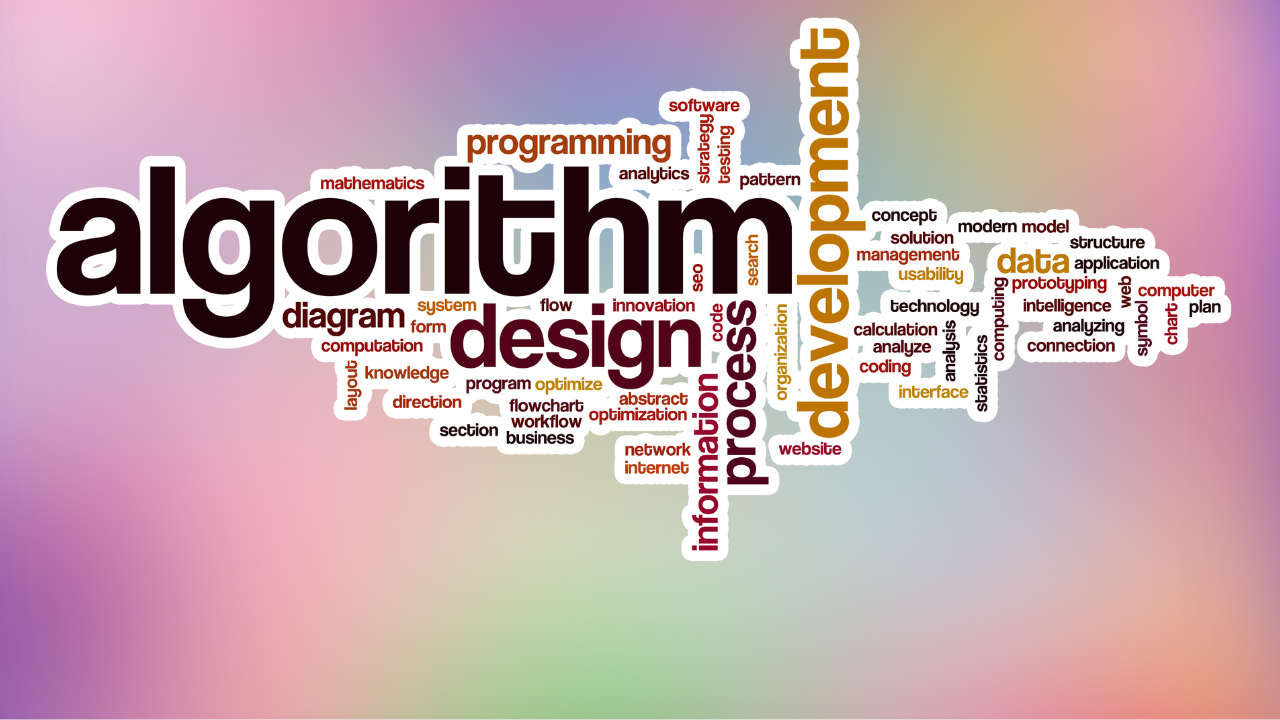Understanding Google’s Search Algorithm
Understanding Google’s Search Algorithm is critical for website owners and SEO professionals. This complex system determines how content is discovered, indexed, and ranked within their search results; having an in-depth knowledge of its workings will dramatically boost both visibility and traffic for any website. We will dive deep into key components of the algorithm such as crawling, indexing factors, ranking factors, AI usage, and role etc for optimal optimization strategies for effective performance SEO campaigns.
Crawling and Indexing
How Google Discovers Content
Google bots known as spiders scan the Internet in search of new and updated content, using navigation from link to link gathering info on web pages as they pass them by. This method ensures new or modified material reaches searchers quickly.
Google Indexing Information
After collecting information, Google indices it for easy searching. Making sure your website is crawlable and well structured will have an enormous effect on its visibility – another crucial aspect for its successful functioning.
Search Visibility
A crawlable website optimized for indexing is key for visibility online. This involves having clear navigation, proper link structure, and indexable content which help Google better comprehend and organize your site.
Google’s algorithm takes many factors into consideration to ascertain relevance and quality when ranking content; keywords relevance, quality of the writing itself, and user experience all play important roles here.
Backlinks as Ranking Factors
Off-page factors, including backlinks, social signals, and domain authority can have an enormous effect on rankings. Google uses these elements to assess your site’s credibility and popularity.
Machine Learning and AI
Google uses machine learning and artificial intelligence, specifically through RankBrain, to better comprehend and process search queries. RankBrain uses artificial neural network technology to interpret queries more precisely so it can pair them up with relevant content more quickly and accurately.
Machine Learning Algorithms that Track User Behavior
Machine learning algorithms adapt quickly to changes in user behavior, increasing accuracy and relevance over time in search results. This highlights the significance of producing high-quality user-centric content.
Search Results and SERPs
Google strives to deliver relevant search engine results pages (SERPs). Each SERP features various components aimed at meeting users’ informational needs – organic listings, featured snippets, and knowledge panels are just a few elements available for this task.
Enhancing SERP Visibility
Optimizing content for SERP visibility means understanding and tailoring it specifically towards these elements; doing this can significantly boost site exposure and traffic growth.
Algorithm Updates
Navigating Changes Google regularly alters their algorithms in an effort to provide search quality improvements and enhance user experiences, so becoming familiar with these updates such as Panda, Penguin, and Hummingbird is essential in maintaining and increasing SEO performance.
Staying Informed
Staying abreast of changes to search algorithms allows you to adapt SEO strategies accordingly, making sure your site remains competitive and visible in search results.
Conclusion
Gaining an in-depth knowledge of Google’s search algorithm is paramount to SEO success. By staying abreast of its components and updates, you can tailor your strategies accordingly in the ever-evolving landscape of SEO to ensure high visibility within Google search results and boost SEO efforts accordingly. Embark upon its complexity as an opportunity for further improvement of SEO efforts that achieve maximum effect for maximum impact!





Leave a Reply